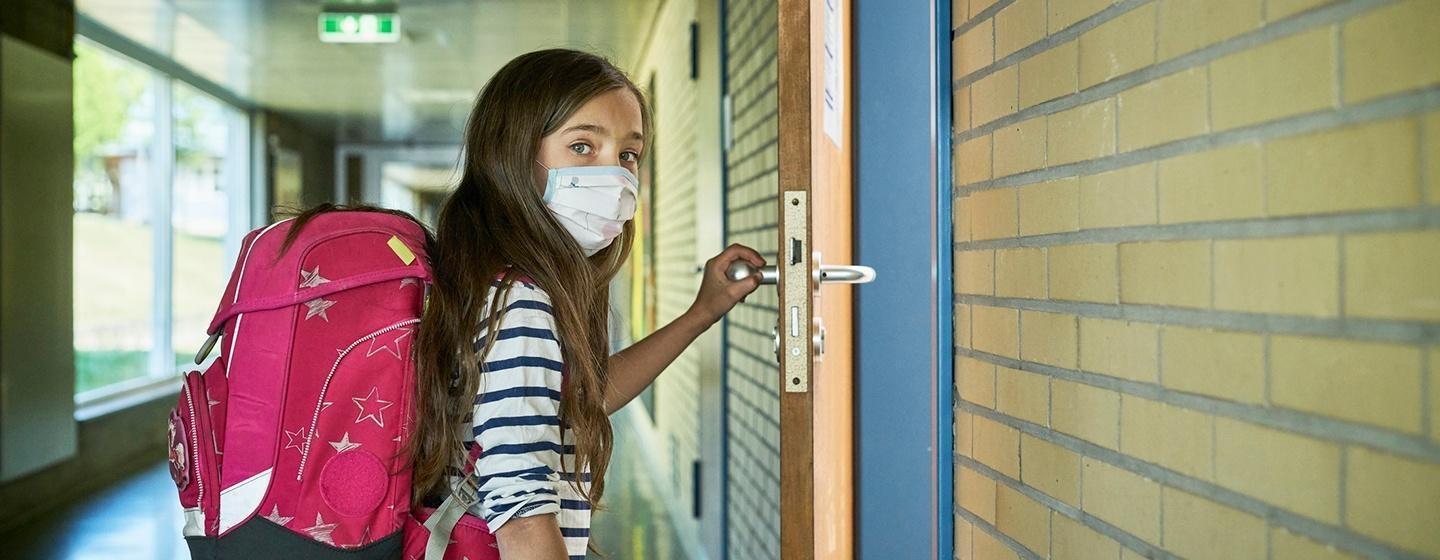New Tool Could Help Schools Estimate COVID Risk


As parents, students, teachers and administrators discuss the safety and merits of opening schools for in-person learning during the COVID-19 pandemic, Duke University researchers have developed a new online calculator to estimate the risk of airborne transmission of the novel coronavirus in classrooms.
Its creators call it a science tool for non-scientists.
“This is intended to be used as a first line of defense, rather than as a final assessment of all risks,” said Prasad Kasibhatla, professor of Environmental Chemistry at Duke’s Nicholas School of the Environment.
The program was initially developed for use on college campuses. But it can also be used by K-12 schools to assess the effectiveness of safety protocols and different control measures in a variety of facilities, including classrooms, cafeterias and gymnasiums. A team of researchers specializing in geospatial analysis, environmental science and population studies developed the calculator.
“The idea was to make it as easy as possible for non-scientists to assess the probable risk of COVID transmission from microscopic airborne aerosols containing the virus,” adds Kasibhatla.
Microscopic airborne aerosols are a newly discovered route of infection for the virus.
To calculate a risk of infection, users enter information about the physical characteristics of the room to be used – such as its height and floor space. The program also asks for the number of students who will be in the classroom along with how long the students will be there for the class or school activity.
Links throughout the program guide users to “how to” pages that help them answer questions that require a bit of technical knowledge of the school building; such as knowing a room’s ventilation rate. There is even a link to a page that explains how community infection rates – a required field – can be derived from current information on COVID case counts in the user’s area.
Once the information is entered, the program calculates the probable concentration of airborne virions, or infectious aerosol particles, that have been exhaled into the room by someone infected with COVID. It also calculates just how many of those virions an uninfected person in the room might inhale, even if they are using protective masks and practicing social distancing.
Remember, the more virions inhaled, the greater the infection risk.
The program assumes safety protocols, such as mask use/social distancing and frequent cleaning are in place. It can’t calculate the actual risk of infection if those safety measures are not followed. And while the calculator assesses the risk of COVID transmission from airborne particles, it doesn’t measure the risk by droplets or from contaminated surfaces, such as desktops.
“We can’t predict or eliminate all risks,“ Kasibhatla said, “but using our calculator can help teachers and school officials zero in on which control measures – more ventilation? fewer people? shorter class durations? – might make the biggest difference in their classrooms.”